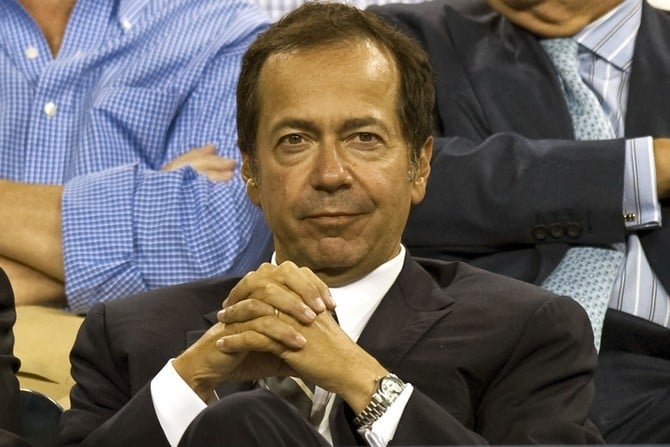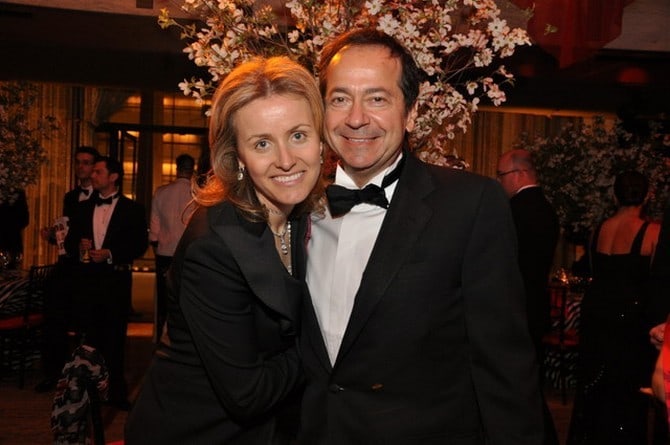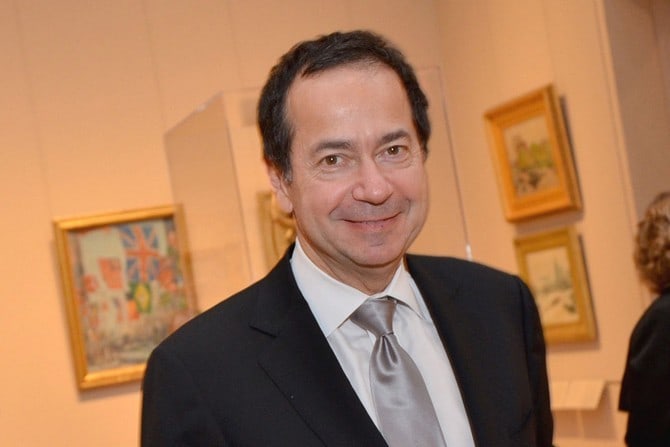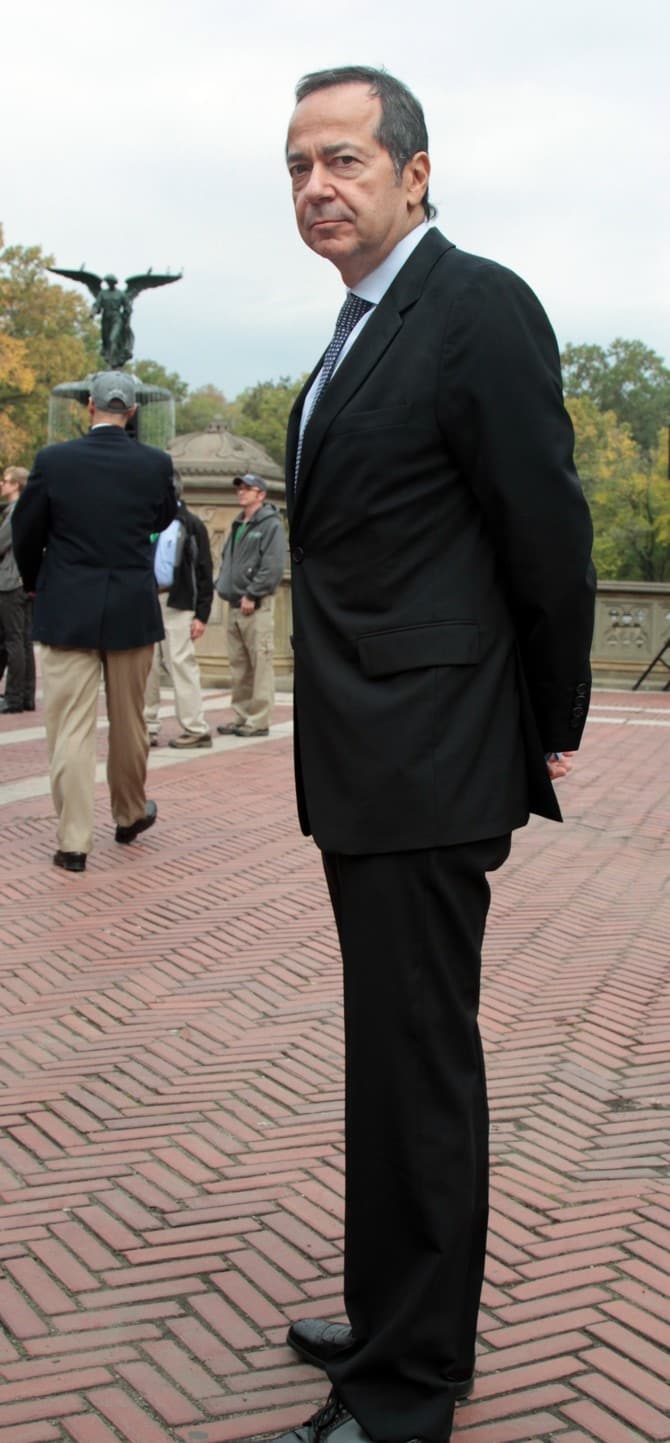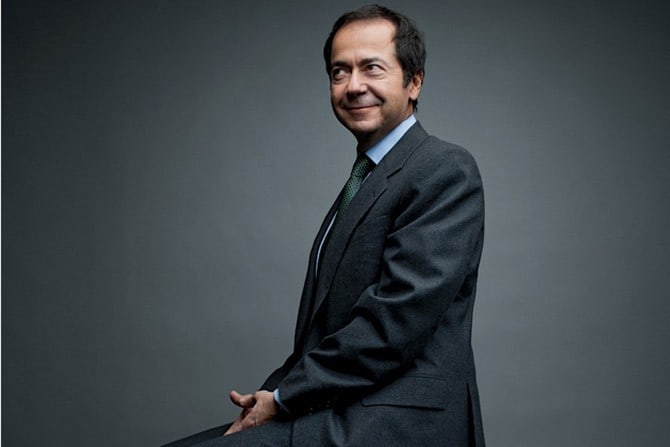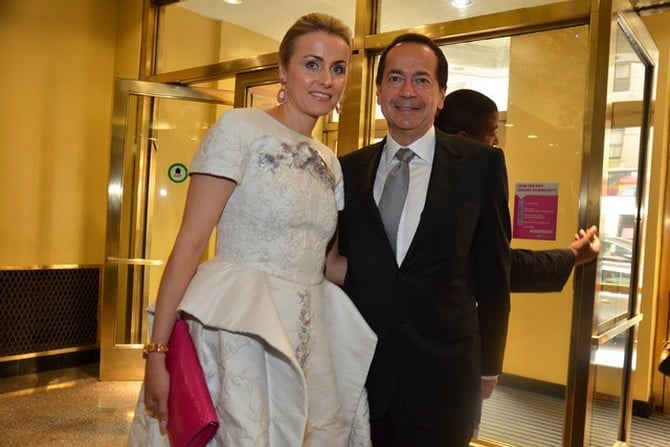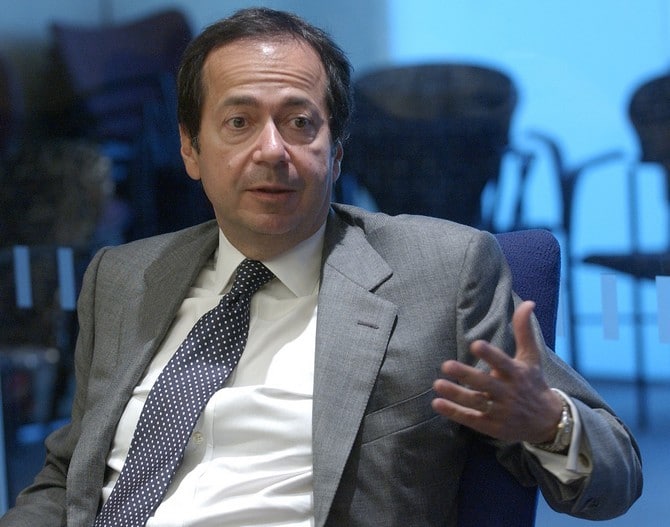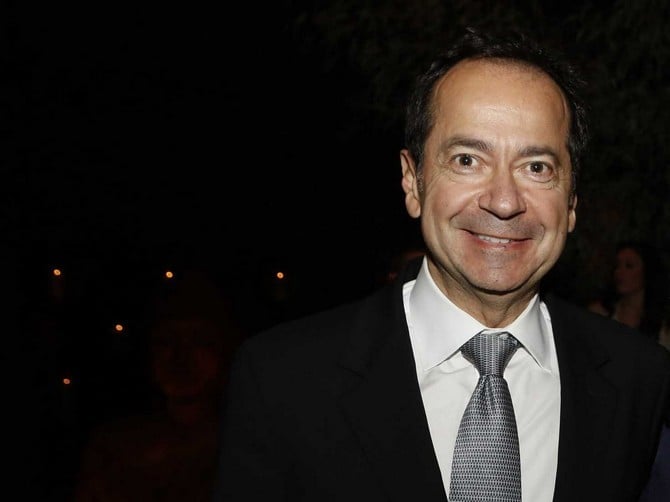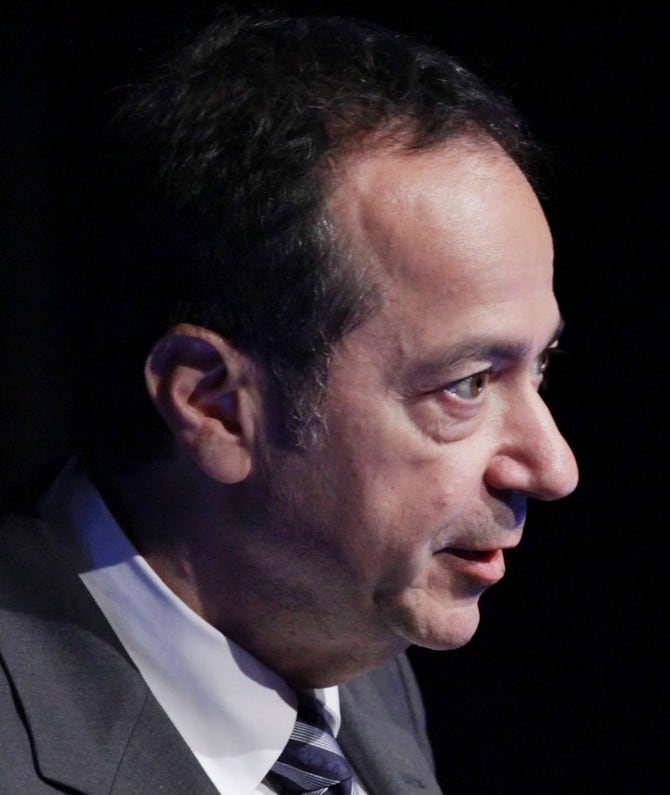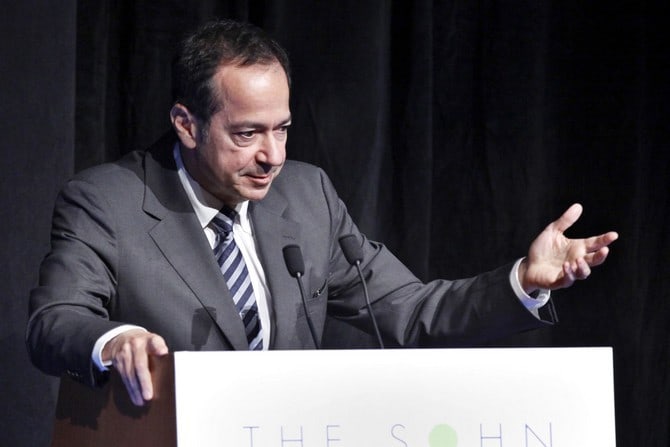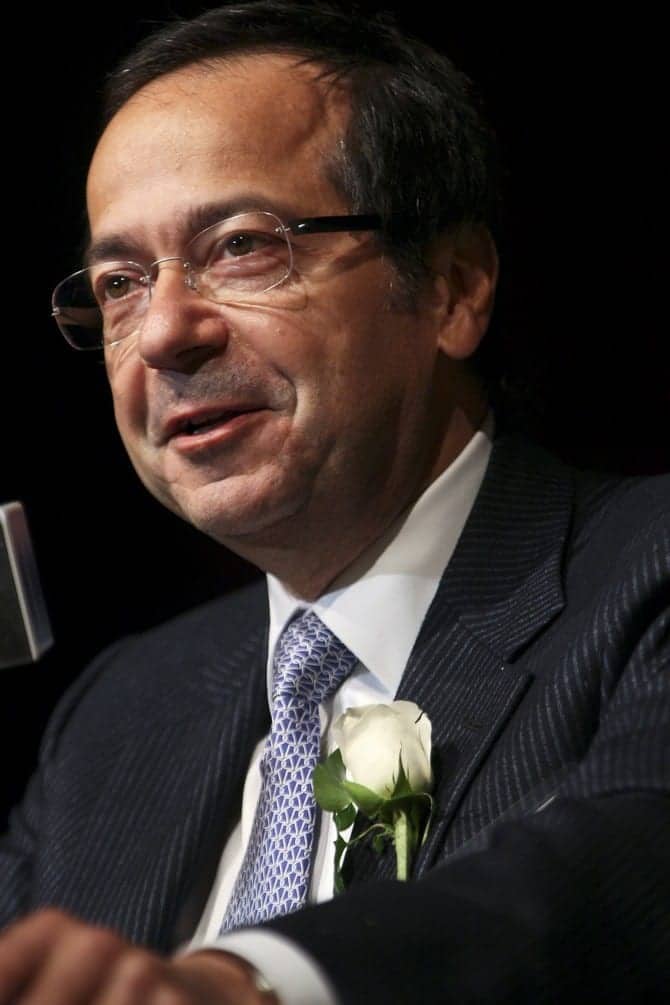The billionaire John Alfred Paulson was born on the 14th of December 1955 in Queens, New York as the third child of Alfred and Jacqueline Paulson.
The father came from Ecuador with a European and an Ecuadorian parent. After being an orphan from the age of 15 he moved to Los Angeles and enlisted in the army. The mother came from Jewish descent with roots in Lithuania and Romania, moving to New York and meeting Alfred when they were both at UCLA.
The Le Havre apartment complex was the home of the young John and after a while they managed to move into a larger, but still very modest house in Beechhurst. He went to public school and since he was a very fast learner he was accepted into a program for gifted students.
During this period he was also attending the synagogue at the Whitestone Hebrew Centre and went to the Jesus club as well according to his yearbook profile from the Bayside High School. He later said that he only found out his father was Jewish when he was twelve.
He was admitted to the New York University in 1973 where he studied creative writing, film production and philosophy but eventually got interested in travelling more, so he went to South America to visit an uncle in Ecuador. In a biography about Paulson he said that he uncle brought him “back to liking money again”.
He went to Quito with ideas to begin a business and his first enterprise was to sell children’s clothing to his father in New York. The father would market the clothes to department stores and the business grew to cover wood parquet flooring as well. The sales were productive but the cash flow was too inconsistent, so Paulson finally went back to school in 1976.
He studied business this time at NYU and in 1978 he was graduating as the class valedictorian with a summa cum laude thesis in finance from the New York University College of Business and Public Administration. The success led him to the Harvard Business School through a scholarship and we received an MBA in 1980.
With his studies completed he started working at the Boston Consulting Group in 1980 as a researcher and advisor. He then left to seek higher glory on Wall Street through Odyssey Partners where he could work with Leon Levy. After a while he joined Bear Sterns to work in the department of mergers and acquisitions and then he managed to become a partner at Gruss Partners LP.
In 1994 he created the Paulson & Co. hedge fund with the sum of $2 million and by 2003 it reached $300 million assets. The philosophy of Paulson was to specialize in what he called “event-driven” investments like acquisitions, spin-offs, mergers or contests and through a large number of such investments he made his fortune.
In 2000 he married Jenny Zaharia, a Romanian immigrant with who he has two daughters, Giselle and Danielle. They live in the Upper East Side house bought by him in 2004 with the sum of $14.7 million. They keep very private and Paulson never gave a television interview, having only said once to an interviewer that he “avoids media”.
He took the initial funds from his savings and from friends and family and started with a rented office space on the 26th floor of a building on 277 Park Avenue, with a single employee. He stated that “many investors make the mistake of buying high and selling low while the exact opposite is the right strategy to outperform over the long term.”
The growth of the fund came through the help of Paolo Pellegrini, one of the analysts who oriented Paulson toward the use of credit derivatives as a means of betting against a predicted housing bubble that rose in the mid-2000s in the United States. The predictions were quite correct and thus the fund reached the sum of $15 billion dollars in 2007. 20% of this sum went into Paulson’s pockets and the trade made him famous for his insights.
The fund was called the Paulson Credit Opportunity Fund initiated in 2006 and it was betting against bonds backed by subprime mortgages through credit default swaps and although there were many critics, the trade was considered by one of his biographers (Gregory Zuckerman) the greatest ever.
In 2008 four of his funds were ranked among the most profitable ones in the industry and in 2010 one of them set the record for making almost $5 billion in a single year. Not all investments proved successful, though and a year later he started losing money he invested in Bank of America, Citigroup and Sino-Forest Corporation. The decline of his main fund (Advantage Plus) in 2011 made him focus a large amount of his investments into gold.
He was a contributor to the political candidates starting in 2000, supporting House Speaker John Boehner and in 2011 $1 million was donated to the Super Political Action Committee Restore Our Future created by Mitt Romney. He also hosted a fundraiser at his house in NY for the presidential elections to support Mitt Romney.
When his fortune was on the rise, between 2009 and 2011, Paulson made charitable donations for institutions like the Center for Responsible Lending, the New York University Stern School of Business, the London School of Economics where the John A Paulson Chair in European Political Economy was created and he also helped build a children’s hospital in Guayaquil, Ecuador.
These donations reached the sum of $52.5 million but he didn’t stop here, since in October 2012 no less than $100 million were given to the Central Park Conservancy, a nonprofit organization which has the sole purpose of restoring and enhancing the Central Park of New York. The organization is considered a model for urban park management throughout the globe.
Although 2014 was one of the toughest years for John Paulson, with the Advantage Plus fund dropping by 36%, he still works hard to get back on track and Forbes currently estimates his net worth at $11.2 billion. He went through a rough patch before in 2011 and two years after he was one of the top managers in the industry.

